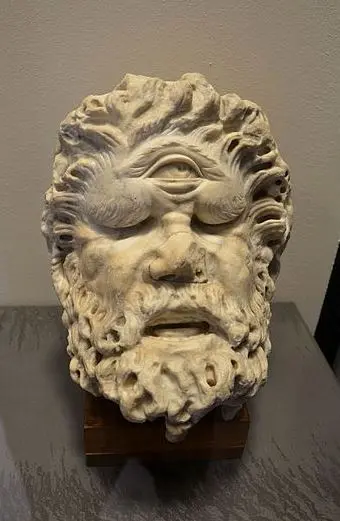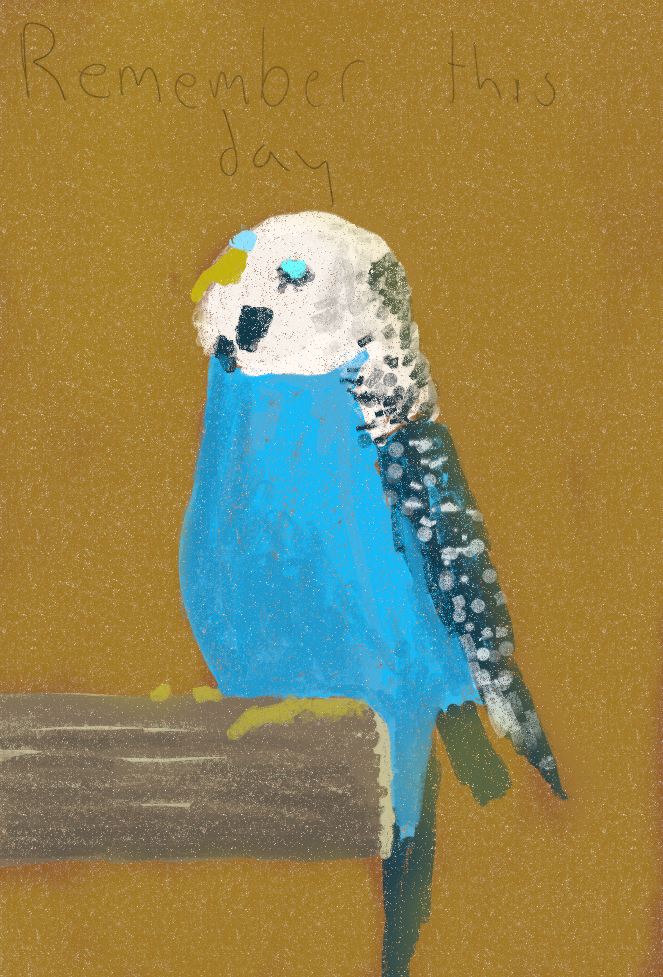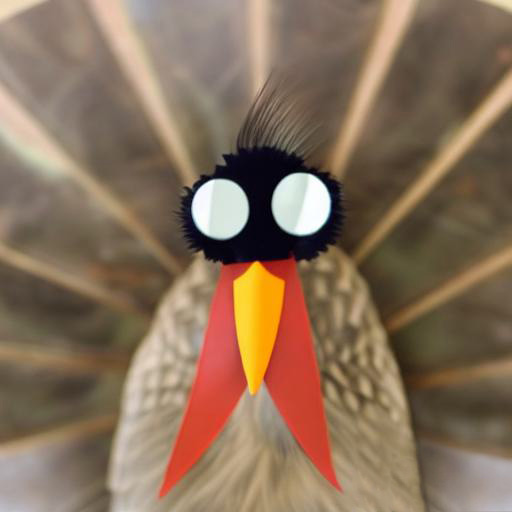- cross-posted to:
- science_memes@mander.xyz
- cross-posted to:
- science_memes@mander.xyz
cross-posted from: https://sh.itjust.works/post/42134968
My time has come!
The above stereographic image is for cross-eyed viewing (most stereograms are wall-eyed, so you may need to put your finger in front of your screen until this one comes into focus)
This is an image of Honolulu, Hawaii, published by NASA. Note Diamond Head (the volcanic crater) in the south.
Here are some other stereopairs published by JPL:
Wheeler Ridge, California
Mount Saint Helens
Salt Lake Valley, Utah
Wellington, New Zealand
Finally got them to work and it 100% looks like the mountains are impossibly deep valleys to me, only the second to last looks like raised areas. Why are my eyes broken?
You’re doing the 'stare through ’ method instead of the ‘crossed eyes’ method.
If you swap the position of the left and right images it will work the way you’re doing it.
Christ, I can barely keep things focused while staring through.
I played around with google earth VR yesterday and it looks a lot like this but i can fly all the way down to the ground. I wonder if the resolution of the terrain is similar to this. Looks really cool!
The clever thing that Google Earth can do is load in detail dynamically. When you get close, only a few hundred feet of high res assets need to be loaded to trick the brain into believing it.
Here, you have only the resolution of the image with a hint of extra depth data from the second perspective. Your brain interprets it to be way more lifelike than a typical image because of the extra dimension, but if you got close, it would remain super blurry/blocky, just like it looks when you pinch to zoom all the way on one side of the image.
You two eyed weirdos and your nerdy two-eyes stuff.

Cyclopes will never understand stereo vision.
did you just add a beard to an elephant’s skull?
hmmm, it feels like… this being is definitely a thick snake so no lol?












